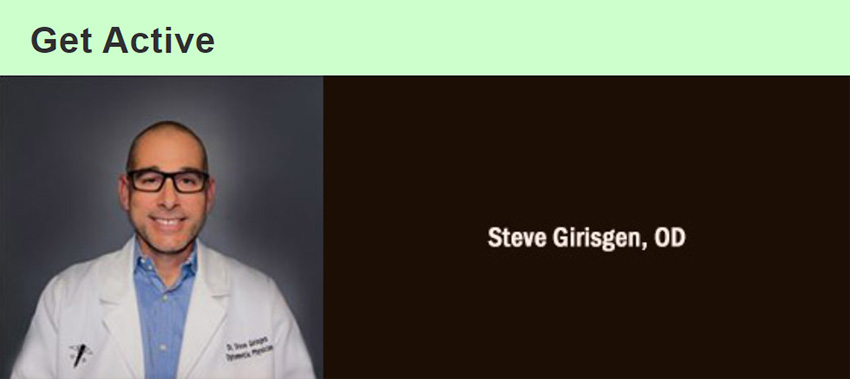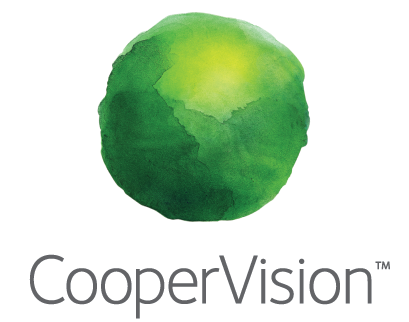

Getting Ready for 2020 and the Future

Ken Kopolow, OD, SNAPP Board Member
No optometric practice modality is insulated from the consequences of the disruption being seen, felt and heard in health care these days. A key objective of the SNAPP board is to illuminate these issues so we can discuss them and learn from each other.
Topics such as myopia management, telemedicine, private equity and others dominate “The Trades,” as well as so many social media sites every day. Your fellow SNAPP members want to hear (and learn from) your stories!
In this edition of the SNAPP Insider, we’ll be introducing several key topics we hope will provoke thought and lead to great discussions in Atlanta. Please enjoy and provide any feedback via our SNAPP APP.
The SNAPP Board joins me in wishing all of our members a happy new year and safe travels to Atlanta! You can register now for our national meeting March 4-6, 2020.

What We’re Watching in 2020
Private Equity
Private equity investors have an interest in corporate-affiliated practices for many of the same reasons they are looking at individual private practices: there are efficiencies to be gained. Those Pearle providers who have more than one location, for example, know this inherently. Imagine it on a larger scale where an investor has access to a large stream of patients and can centralize key back office functions, such as scheduling, insurance verification, billing, credentialing and more. Furthermore, Pearle Vision is a proven brand with good systems and support already in place. Pearle Vision franchises can have as much appeal to private equity players as they do to licensed operators.
The eye care market is growing. With the aging population and technology advances that could allow providers to provide services to more people efficiently, that appeal will continue to grow.
Have you been approached by private equity? We’d love to hear what went into your decision to sell or stay. Please email us.
Telemedicine
The ability to transmit quality retinal images between primary eye care professionals (ECPs) and retinal specialists has been helping ECPs co-manage patients with diabetes for years. That functionality is likely to expand as technology does. Telemedicine networks are already including vision care providers in their networks, and while many of these patients are being directed to the optometrist’s practice and optical store’s physical location, the more that patients experience a telemedicine consult for health conditions, the more routine the whole idea becomes.
Have you implemented any telemedicine functions in your location or in community outreach? We would love to hear from you. Please email us.
Myopia Management
It’s an exciting time in myopia management. With the introduction of the MiSight soft contact lenses from CooperVision, the first FDA-approved soft contact lens clinically approved to slow myopia progression when initially prescribed for children 8-12 years old*, it is now easier than ever for ECPs to be proactive with myopia management.
How are you treating young myopes whose myopia is progressing rapidly each year? We’d love to hear your best practices. Please email us.
We’ll have more on this next month.
* Indications for Use: MiSight® (omafilcon A) daily wear single use Soft Contact Lenses are indicated for the correction of myopic ametropia and for slowing the progression of myopia in children with non-diseased eyes, who at the initiation of treatment are 8-12 years of age and have a refraction of -0.75 to -4.00 diopters (spherical equivalent) with less than or equal to 0.75 diopters of astigmatism. The lens is to be discarded after each removal.
Advocacy
While Pearle operators may feel sheltered from the storms that impact health care legislation, we must never forget that optometry is a legislated profession. It is up to us all to use our voices to expand the scope of practice where appropriate to ensure safe, valuable and effective eye care services to patients.
Are you involved in advocacy for the profession? We’d love to hear about that impact. Please email us.
Also, read this article below from Steve Girisgen, OD, who talks about the importance of being active in your representative organizations.

There’s Value in Staying Connected
From early on his career, Dr. Girisgen says that he felt strongly about the importance of being involved with the national and state optometry organizations. The American Optometric Association (AOA) was founded to propel the profession forward, and he’s been a member since he was a new graduate. He first was a member of the California Optometric Association before moving to Nevada, where he joined the Nevada Optometric Association (NOA).
An opportunity arose several years ago to join as a committee member to lead the Third Party committee, and now Dr. Girisgen serves as the secretary/treasurer for the NOA. “It’s important to give back and have a voice as a leader in these organizations to ensure we are moving in the right direction to protect the public and our profession,” he says.
Dr. Girisgen says that whether SNAPP members or licensed operators (LOs) are optometrists, opticians or business individuals who may not have a long history in the optometric profession, they can benefit from staying connected with local, state and national organizations. “Anything that impacts optometry can impact our businesses as licensed operators,” he says. “It’s important to get involved and also to understand the threats out there.” There are many legislative movements happening right now—some in favor and support of optometry, while others prioritize bottom-line profits before the best interest of the public.
Currently, the AOA and the American Dental Association are taking critical steps on a federal level with the DOC Access Act, which fights harmful vision plan abuses such as limiting a doctor’s choice of lab or putting mandates on noncovered services and materials. “We are hopeful that this will come to fruition and will go a long way in protecting Americans and the profession, ensuring that we are autonomous and able to provide the great care that our country deserves.”
He adds that all LOs can benefit from taking a step towards more involvement with SNAPP. “SNAPP continues to grow and is becoming an influential group,” Dr. Girisgen says. “You can start right there.”

Be Specific With Employee Expectations
Tip of the Month from AmCheck
To provide an underperforming employee with the best chance to improve, it’s helpful to create a performance improvement plan. Here is how it works.
Ideally, a performance improvement plan helps employees meet performance expectations and avoid termination, but it also helps employers reduce the risk of a termination if that becomes necessary.
In general, a performance improvement plan specifies your expectations for employee performance, defines what success looks like going forward, sets regular meetings with the employee to discuss their progress, and explains the consequences for failing to make and sustain performance improvements as outlined in the plan.
If you follow a performance improvement plan and the employee’s performance does not improve, you then have documentation showing that the employee was made aware of their poor performance, given a chance to improve, failed to do so, and understood the consequences.
Next month
We are on board with functional vision: This is an important and growing area, and it should be squarely in optometry’s wheelhouse.
Online competitors: Clearly, patients have shown their interest in ordering eyeglasses online. How can we compete?
Want to weigh in on either of these topics or more? Please email us.





